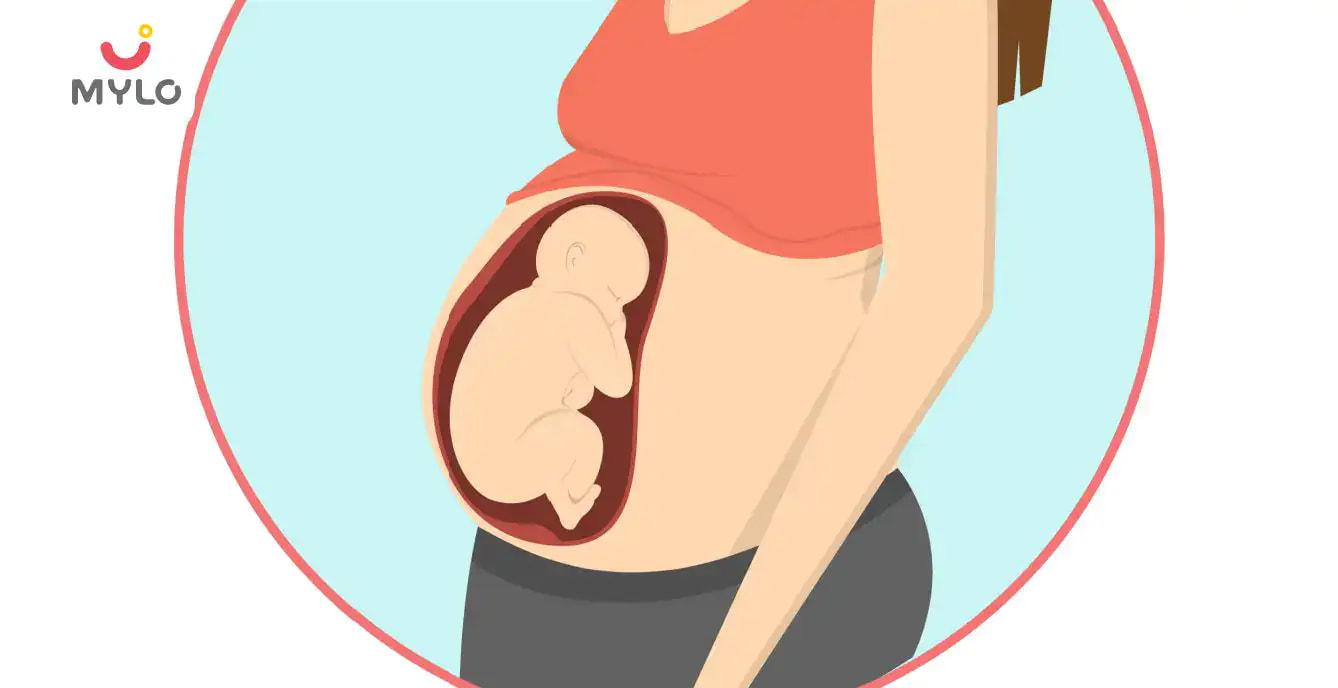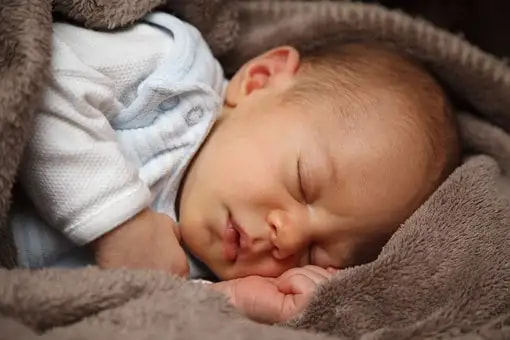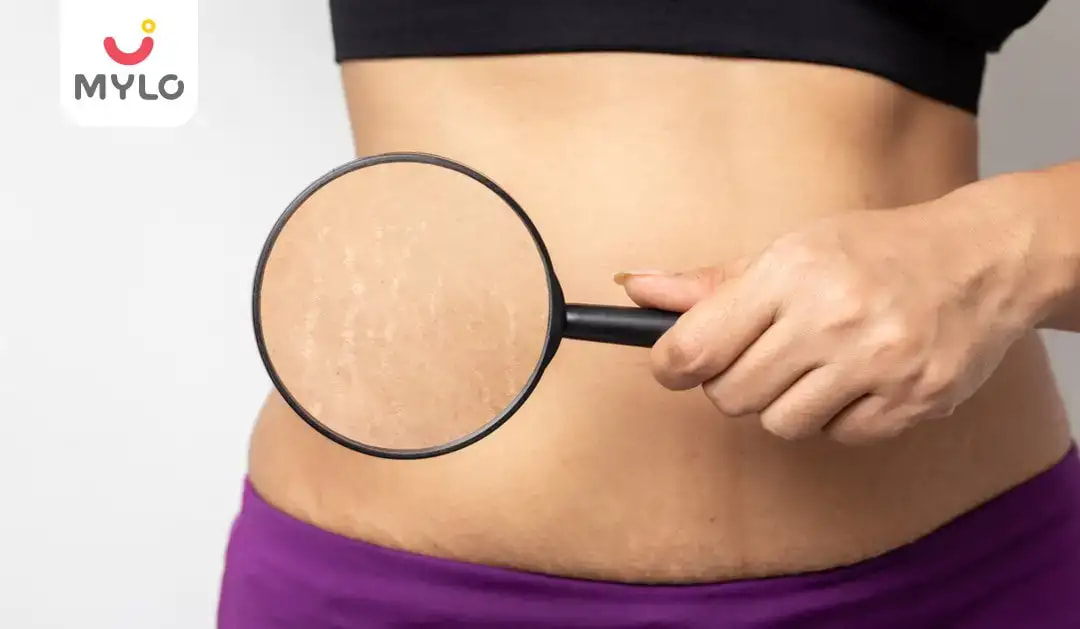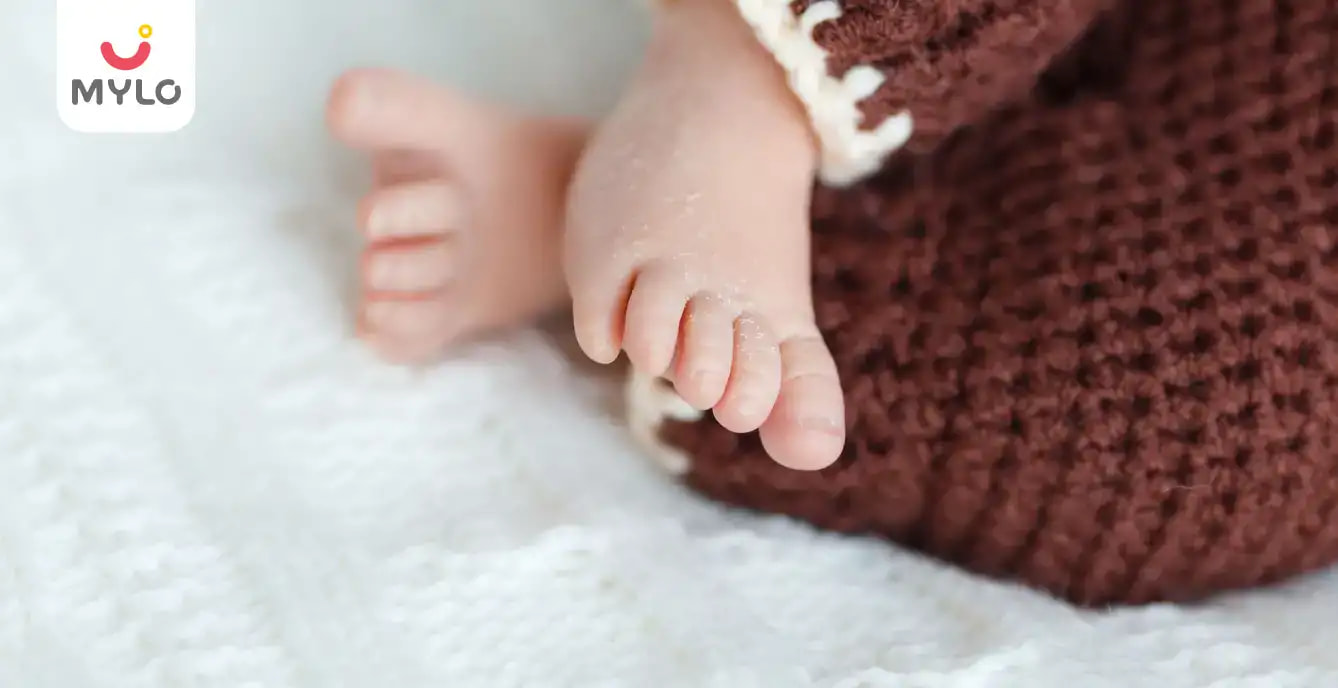Home

Skin Changes

Birthmark: Types, Causes, Risks & Treatment
In this Article

Skin Changes
Birthmark: Types, Causes, Risks & Treatment
Updated on 25 April 2023
As you welcome a baby into your life, you learn to love everything about them; from their crooked smiles to their birth marks. Birthmarks could be little moles, freckles or blemishes on your newborn’s skin that are present upon birth or appear soon afterwards. Don’t worry, they are mostly harmless and some even disappear without any treatment.
In this article, we will discuss in detail about birth marks, birthmark types, their causes, risks and treatment.
What is a Birthmark?
Birth marks are marks on the skin that can develop on a baby’s skin before birth or soon after it. Birthmarks come in different colours ranging from brown, black and pale blue to pink, red or purple. They can also be flat or slightly raised and have regular or irregular borders.
You may also like: 5-Step Effective Daily Skin Care Routine for Babies
Types of Birthmarks
There are mainly two types of birthmarks, vascular birthmarks and pigmented birthmarks, each of which has different causes. Vascular birthmarks are caused when blood vessels don’t develop correctly. Pigmented birthmarks occur when there is an overgrowth of the cells that create colour or pigment in the skin.
The most common vascular birthmarks include the following:
1. Macular stains
Faint red in colour, macular stains are also known as salmon patches, angel kisses and stork bites. They typically appear on the forehead, eyelids, back of the neck, nose, upper lip or back of the head. They often fade on their own around the age of 1-2 years, some may however last into adulthood.
2. Hemangiomas
Hemangiomas can be of three types: superficial (when they’re on the skin’s surface), deep (when below the skin’s surface) and compound (when they affect both layers). It can be bright red and slightly raised, usually visible a few days or weeks after birth. Deep hemangiomas may even look bluish in colour.
3. Port-wine stains
Port-wine stains as the name sounds look like wine spilt on an area of the body. They usually appear on the face, neck, arms or legs and can be of any size. They grow as the child grows and may darken and thicken over time unless treated.
The most common pigmented birthmarks include the following:
1. Café-au-lait spots
Coloured like coffee with milk, these spots can appear anywhere on the body and even increase in number as a child grows. Having several café-au-lait spots may indicate neurofibromatosis, a genetic disorder that causes abnormal cell growth of nerve tissues.
2. Mongolian spots
Mongolian spots are flat, bluish-grey patches often found on the lower back or butt. They are most common among children of Asian, American Indian, African Hispanic and Southern European descent. They fade on their own with age.
3. Moles
Mole is a common term for brown spots called nevi and most people have them. They can be tan, brown or black in colour and even have hair growing out of them. Moles present upon birth are called congenital nevus and last for life. Some moles carry a risk of skin cancer or melanoma.
You may also like: Baby Sleep (Infant Sleep): What to Expect & Tips
Causes of Birthmarks
Doctors are unsure as to what exactly causes birth marks. Rest assured they are not caused by anything you may have done or not done during pregnancy and they can’t be prevented. Most birth marks are also not related to any trauma that the skin could have endured during childbirth. Some birth marks even run in your family although there is little research behind the genetics cause.
Risks of Birthmark
Although most birth marks are harmless and don’t cause any complications, there are certain risks that you should be aware of:
-
The birthmark may bleed, hurt, itch or get infected
-
Hemangiomas carry a small risk of open sores which can get infected
-
Moles can alter in size, colour and texture and pose a risk of skin cancer
You must visit a doctor if you notice any of the above changes in your baby’s birthmarks.
Treatments for Birthmark
Most birth marks do not require treatment but some do. As a result, it’s important to get a birthmark checked instantly if you are concerned about it. Possible treatments for birth marks include:
1. Medications
Medications can help reduce the blood flow to the birthmark and slow down its growth and lighten its colour.
2. Laser therapy
Laser therapy uses light and heat to shrink the birthmark and make it lighter. It works best when started between the ages of 6 months to 1 year.
3. Surgery
Surgery can also help remove a birthmark but it may sometime leave scarring.
You may also like: Is Coconut Oil Safe for Use on Your Baby’s Delicate Skin?
No matter which birth marks your baby is born with, you should learn to accept it and teach them to embrace it as well. While accepting them is important, keeping an eye on them is even more important to make sure they don’t develop into something serious.


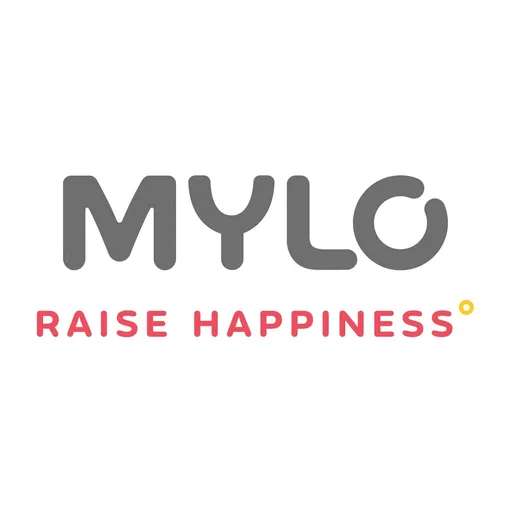
Written by
Mylo Editor
Official account of Mylo Editor
Read MoreGet baby's diet chart, and growth tips

Related Articles
Related Questions
Hello frnds..still no pain...doctor said head fix nhi hua hai..bt vagina me pain hai aur back pain bhi... anyone having same issues??

Kon kon c chije aisi hai jo pregnancy mei gas acidity jalan karti hain... Koi btayega plz bcz mujhe aksar khane ke baad hi samagh aata hai ki is chij se gas acidity jalan ho gyi hai. Please share your knowledge

I am 13 week pregnancy. Anyone having Storione-xt tablet. It better to have morning or night ???

Hlo to be moms....i hv a query...in my 9.5 wk i feel body joint pain like in ankle, knee, wrist, shoulder, toes....pain intensity is high...i cnt sleep....what should i do pls help....cn i cosult my doc.

Influenza and boostrix injection kisiko laga hai kya 8 month pregnancy me and q lagta hai ye plz reply me

RECENTLY PUBLISHED ARTICLES
our most recent articles

Emotions & Behaviour
Behaviour Therapy: Benefits, Types & Techniques
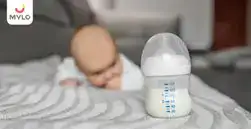
Feeding Schedule
How Long Does Breast Milk Last at Room Temperature?
Home Remedies
Thrush: Causes, Symptoms, Treatment, and More
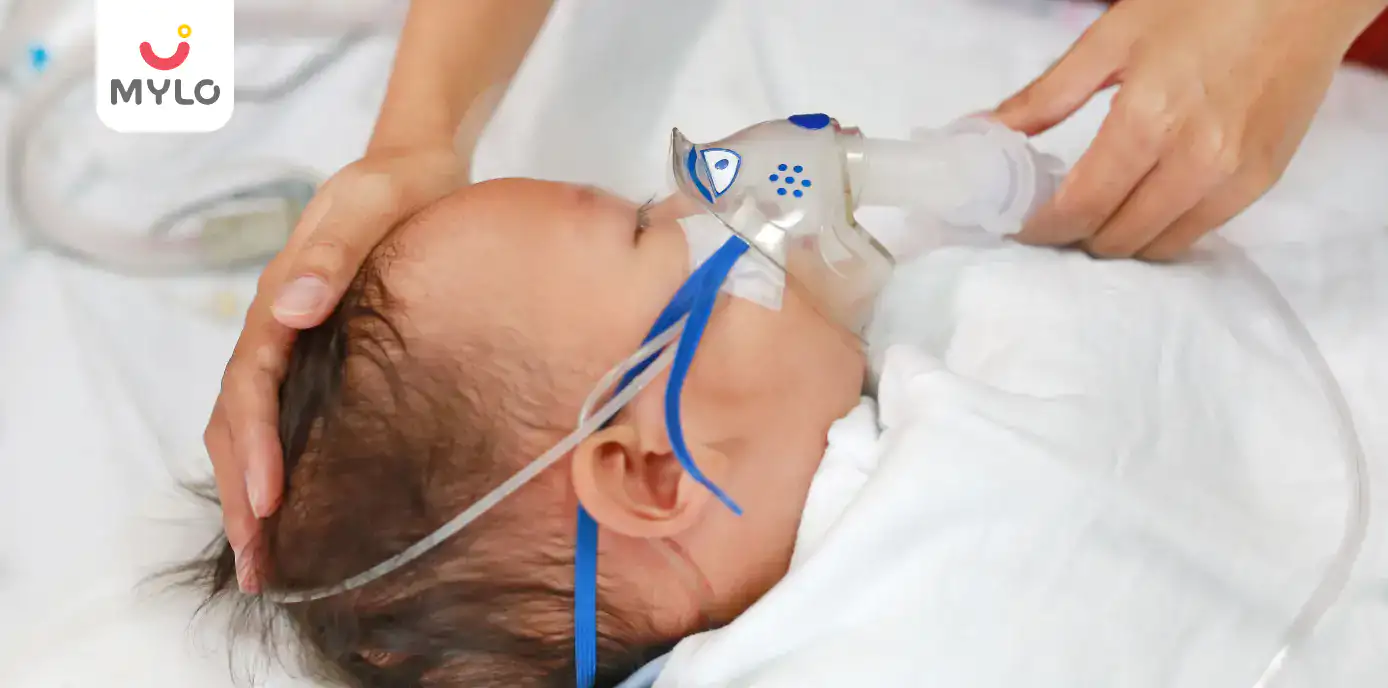
Illnesses & Infections
Childhood Asthma: Symptoms, Causes & Treatment
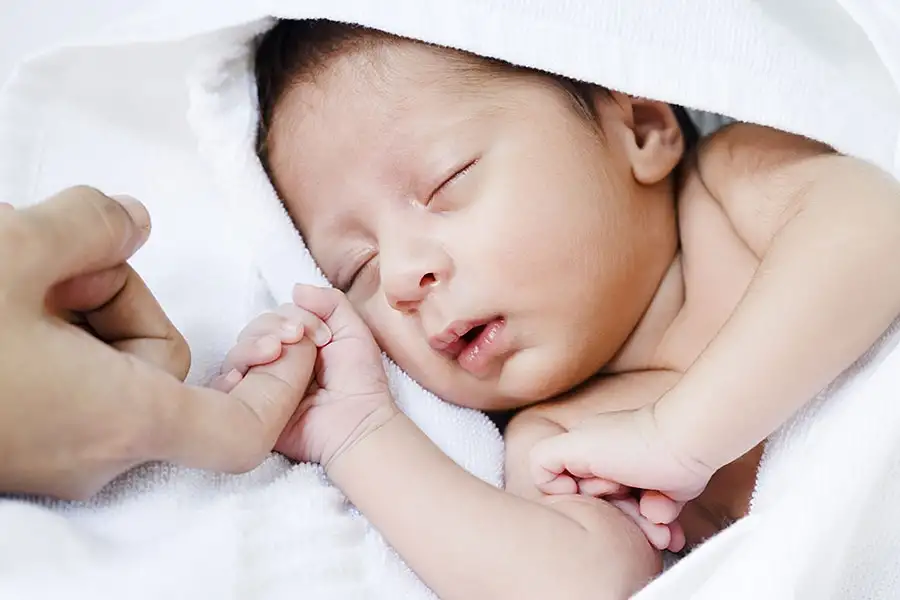
Feeding
Reflux in Baby: Symptoms, Causes & Treatment
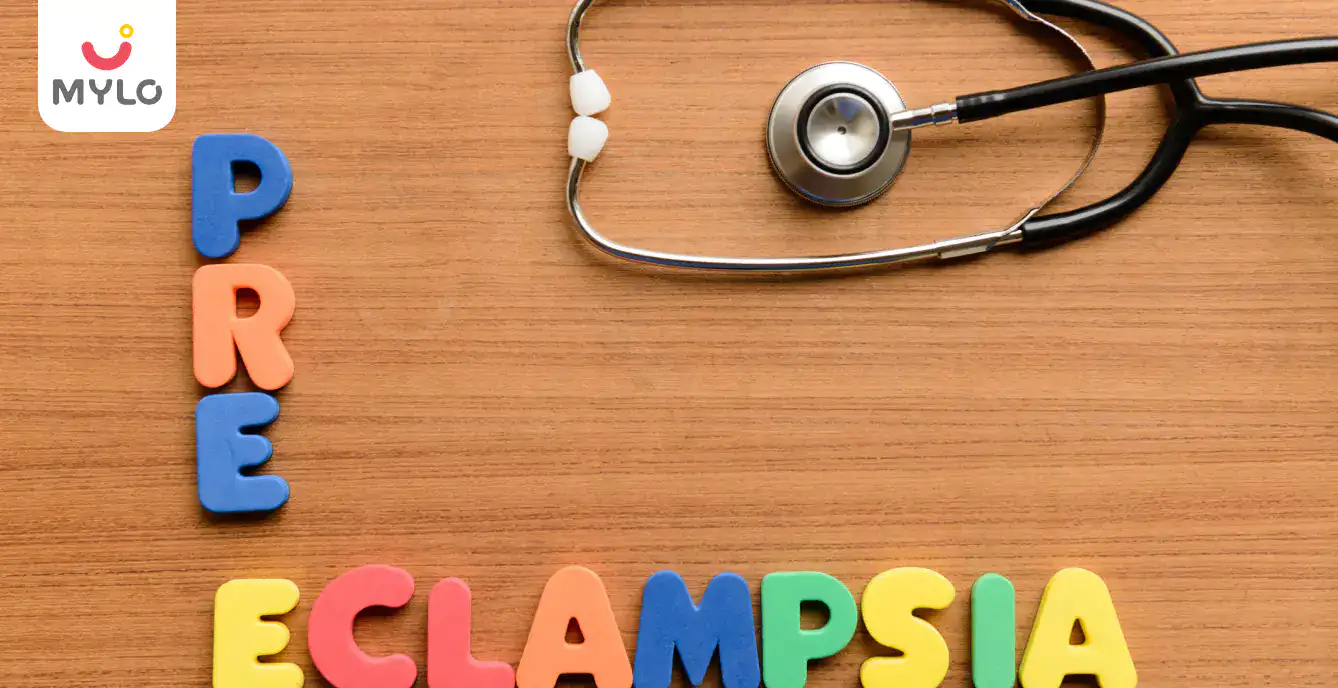
Preeclampsia
Pre Eclampsia: Meaning, Causes & Symptoms
- Baby Diarrhea: Causes, Symptoms & Treatment
- Bronchiolitis: Causes, Symptoms & Treatment
- Pelvic Pain in Pregnancy: Symptoms & Treatment
- Saliva During Pregnancy: Causes & Prevention
- Effective Ways to Treat Jaundice in Children: Expert Tips for a Speedy Recovery
- 10 Best Original Movies to Watch on Netflix
- Flu, Change of Season or New Covid Variant, XBB.1.16- What’s Causing These Symptoms?
- 5 Ways In Which Music Can Boost Your Baby's Brain Development
- How to Stop Baby Hiccups: Everything You Need to Know
- “Staying Active and Healthy: The Benefits of Safe Exercise During Pregnancy”
- Appendicitis In Pregnancy Symptoms, Diagnosis & Surgery
- 5 Common Myths Busted About Baby Sleep
- “Ectopic Pregnancy: All You Need to Know About This Complication”
- Importance of Typhoid vaccines


AWARDS AND RECOGNITION

Mylo wins Forbes D2C Disruptor award

Mylo wins The Economic Times Promising Brands 2022
AS SEEN IN
















- Mylo Care: Effective and science-backed personal care and wellness solutions for a joyful you.
- Mylo Baby: Science-backed, gentle and effective personal care & hygiene range for your little one.
- Mylo Community: Trusted and empathetic community of 10mn+ parents and experts.
Product Categories
baby carrier | baby soap | baby wipes | stretch marks cream | baby cream | baby shampoo | baby massage oil | baby hair oil | stretch marks oil | baby body wash | baby powder | baby lotion | diaper rash cream | newborn diapers | teether | baby kajal | baby diapers | cloth diapers |



